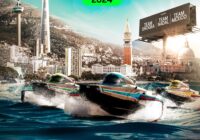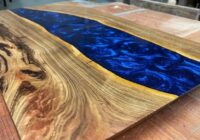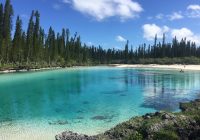One interesting aspect of visiting marine dealers is that one inevitably encounters row upon row of used, old, dead or traded-in outboards. Many of the really old ones (i.e. 1980s or earlier) are truly garbage, as they are caked solid with salt and corrosion outside and probably chockers full of salt and corroded through to the cylinder liners on the inside. This is mainly true in Australia (and, to a lesser extent, the Mediterranean), as the sea water is hot – almost tepid (eventually terminal for an outboard right from the outset) – and with very high salinity.
There are two types of usage environment in which outboards last longer: the colder, less salty sea water in the far Northern Hemisphere and, of course, fresh (inland) water. And so, central west New South Wales was where I stumbled across my latest discoveries…
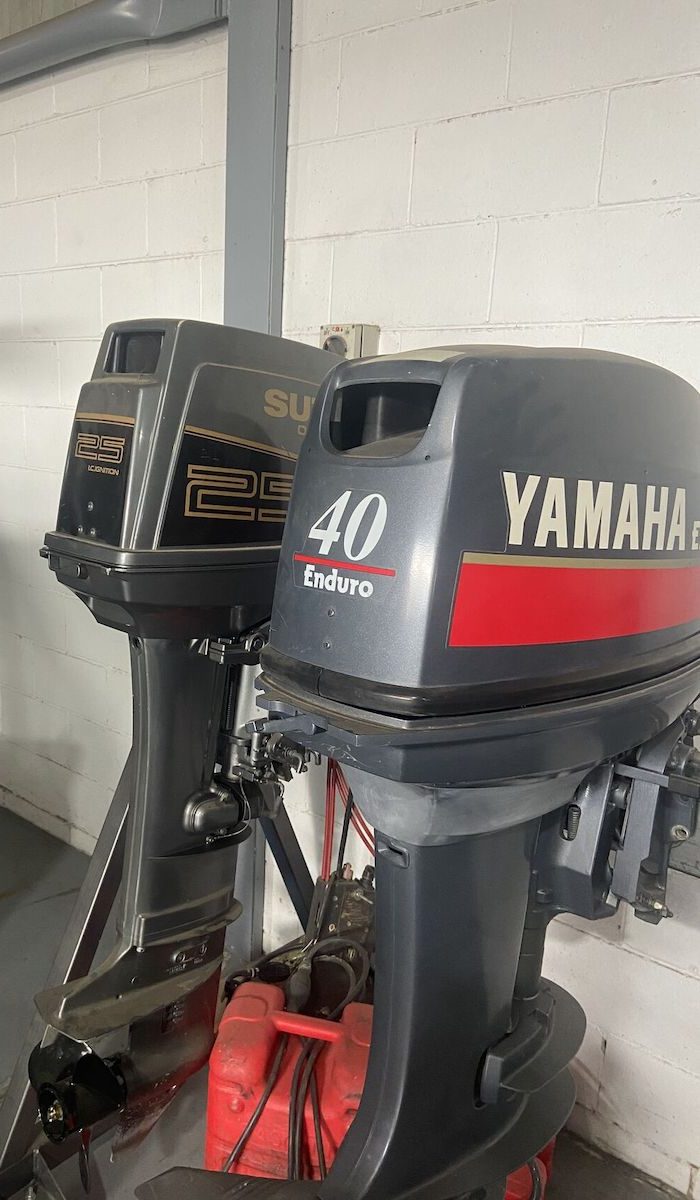
Twin-cylinder Yamaha E40XMHL Enduro
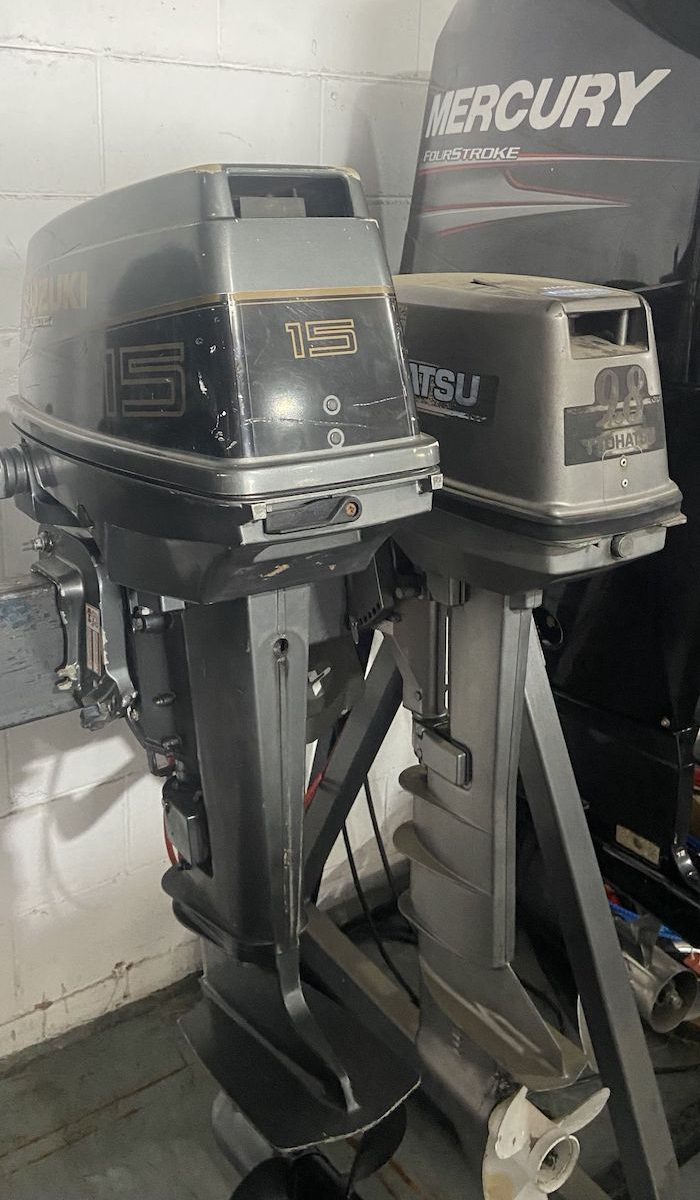
3-cylinder Suzuki DT25C
The first pic shows a) a twin-cylinder Yamaha E40XMHL Enduro and b) a 3-cylinder Suzuki DT25C. The ubiquitous and venerable Yamaha (known throughout much of the South Pacific as the “HiLux of the Sea”) is from 2001, whilst the rarer, but extremely advanced and refined for the era, Suzuki, is from – believe it or not – 1992.
Of the thousands of commercial-spec 2-stroke outboards Yamaha sells in developing markets, at least 25-30% of them are probably still the 40 hp Enduro. All the E40X needs is fuel of reasonable quality, good-quality TCW-3 oil at a 50:1 fuel/oil mixture, and a healthy spark and it will outlast any boat to which it is fitted.
As for the Suzuki, it was, in period, the largest capacity in its class (543 cc) and, being a 3-cylinder 2-stroke, was extremely smooth. What made it a class-leader, though, was the fact that it incorporated oil injection – proper oil injection, too, independent of the fuel-delivery system, and not a cheaper, less precise auto-blend system. What a lot of Suzuki owners didn’t know was that the only difference between the DT25C and the DT30C on which it was based was a reduced opening angle on the carburetors. This was done by using a longer fulcrum lever on the middle carb so the butterflies wouldn’t open fully – but all one had to do was drill another hole higher up in the throttle arm, screw the ball joint into that hole, then snap on the throttle linkage, and voila… an extra five horses at no cost – simply by means of an 8mm drill bit!
The second pic also shows two well-preserved 2-stroke “freshies”: a legendary and indestructible 9.8 Tohatsu from 2006 and a Suzuki DT15C from – wait for it! 1990. Again, Suzuki set the standard in this class, with the largest capacity (284 cc) and, again (totally “sui generis”), proper gravity-fed oil injection. This feature was unique in such a small outboard, and Suzuki actually ran this feature down as far as the little DT8C.
Yamaha justly deserves the success it has enjoyed over the decades, but many of the contemporary Suzuki motors were every bit as good – however, they sadly never enjoyed the same sales glory.
Danny Casey is highly experienced, undoubtedly idiosyncratic, and immensely knowledgeable about things mechanical, new or old. His knowledge and passion are as a result of spending his whole life in or around anything power-driven – especially marine engines. His passion for boating is second to none, with his life a montage of fabulous memories from decades spent in or around water and boats, both here and in Europe. Danny has spent myriad years in the recreational marine industry in a varied career in which he has bamboozled colleagues and competitors alike with his well-honed insight.

His mellifluous Irish accent, however, has at times been known to become somewhat less intelligible in occasional attempts at deliberate vagueness or when trying to prevent others from proffering a counter-argument or even getting a word in. Frank and to-the-point, but with a heart of gold, it can be hard to convince Danny to put pen to paper to share his knowledge. Marine Business News is grateful for his contributions. Connect with Danny through LinkedIn.






